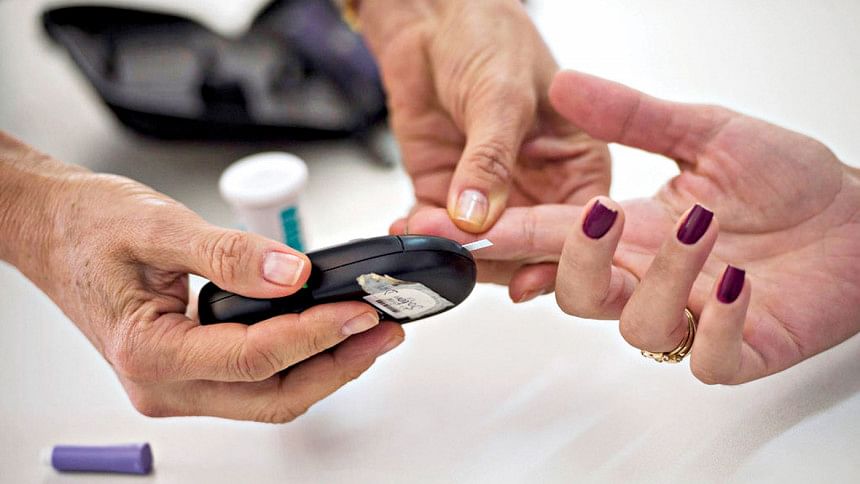Unveiling latent autoimmune diabetes: breaking barriers to accurate diagnosis and treatment

Diabetes mellitus (DM) is a complex disease spectrum, encompassing classic insulin-dependent type 1 diabetes (T1DM) and insulin-resistant type 2 diabetes (T2DM). However, there is a lesser-known form called latent autoimmune diabetes in adults (LADA), also referred to as Type 1.5 DM. In Japan, it is known as slowly progressive insulin-dependent type 1 diabetes mellitus (SPIDDM). LADA shares features of both T1DM and T2DM, making it challenging to diagnose.
The Immunology for Diabetes Society (IDS) outlines three criteria for diagnosing LADA: age over 35, positive autoantibodies to islet beta cells, and insulin independence for at least the first 6 months post-diagnosis. However, these criteria face challenges due to variations in physician preferences for insulin treatment. LADA is immunologically similar to T1DM, with lower antibody titers and a slower progression of immune destruction. Many patients initially misdiagnosed with T2DM later require insulin therapy.
Recognising LADA early is crucial to implementing appropriate strategies for delaying beta-cell destruction and reducing complications. Despite being an adult-onset condition, misdiagnosis remains common. Phyllisa Deroze, a patient initially diagnosed with type 2 diabetes, discovered she had LADA eight years later. The misdiagnosis led to ineffective treatments and a delay in proper management.
LADA's slow progression and similarities to Type 2 diabetes contribute to misdiagnosis, especially in patients over 30 who do not require insulin immediately. This delay can lead physicians to believe patients have type 2 diabetes, even as treatment becomes less effective over time. It becomes critical to look beyond common risk factors, such as obesity and family history, when diagnosing diabetes.
Kathleen Wyne, an endocrinologist, emphasises that misconceptions about race, weight, and age can lead to misdiagnoses. Despite not being inherently racial, these misconceptions can have an impact on LADA and the accuracy of diagnoses.
Despite making significant lifestyle changes and taking oral medications, some patients may not achieve adequate blood sugar control. This underscores the need for timely and accurate diagnoses to ensure appropriate treatments are initiated early in the disease course.
In conclusion, latent autoimmune diabetes in adults (LADA) presents a unique challenge in diabetes diagnosis. It combines features of both Type 1 and Type 2 diabetes, making it prone to misclassification. Implicit biases, particularly in relation to race, weight, and age, can further complicate accurate diagnoses.
Timely recognition of LADA is crucial for implementing effective strategies to delay disease progression and minimise complications, emphasising the importance of comprehensive and unbiased healthcare delivery.

 For all latest news, follow The Daily Star's Google News channel.
For all latest news, follow The Daily Star's Google News channel. 



Comments